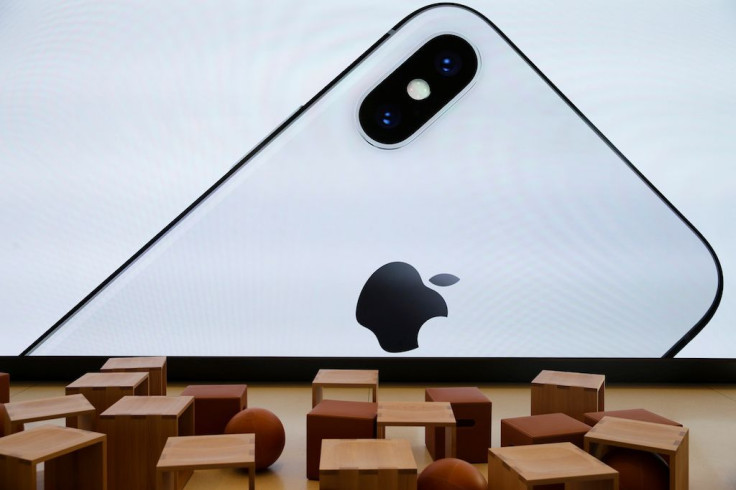Apple Patent Hints At Future iPhone Having Squeeze Detecting Sensors

It’s been discovered recently that Apple has applied for a patent suggesting that future iPhones might include squeeze detection sensors. If this is included in a future iPhone model, the handset could have a feature that’s similar to Google’s Pixel 2 and HTC smartphones’ squeeze detection technologies.
Apple’s patent application form is entitled “Mobile Electronic Device with Squeeze Detection.” It sounds familiar because it seems as though Apple is working on a feature that will function a lot like Google’s Active Edge and HTC’s Edge Sense. As per the patent, the feature will allow users to squeeze the side of the handset to open apps, trigger shortcuts and other functions. On the Pixel 2 and Pixel 2 XL, squeezing the sides of the device will trigger Google Assistant.
Apple’s patent indicates that a device with this kind of technology could be configured to get input from its enclosure based on the pressure that’s applied to the device’s enclosure. However, this isn't completely the same as how Google and HTC’s technologies work. Apple’s device could have a “deformable housing wall,” as pointed out by Digital Trends. If this is accurate, then the feature should function a lot like Apple’s Force Touch display on its recent iPhones.
“A force sensing compliant enclosure for an electronic device may include at least one deformable housing wall. At least one strain concentration portion may be located on the deformable housing wall where strain caused by application of a force that deforms the deformable housing wall is greater than at other portions of the deformable housing wall,” Apple said in its patent filing.
“The strain concentrating portion may have a second thickness that is thinner than other portions of the deformable housing wall. One or more sensors may be positioned in the strain concentration portion and may sense strain caused by the application of the force that deforms the deformable housing wall.”
The recent patent appears to be a continuation of a patent filed by Apple in 2016, which also happens to be a continuation of a patent from 2013. It seems like Apple has been working on this technology for some time, but it doesn’t really guarantee that it might become a real iPhone feature in the future. Big companies like Apple file numerous patents to cover a wide range of possible future products and features. Some end up becoming real products, while most don’t see the light of the day.
If Apple does decide to include squeeze gestures to the iPhone, it could introduce new ways of interacting with iOS. It could provide additional shortcuts for opening apps and possibly for triggering Siri. However, this might just end up being seen as a gimmick and might remind users about the “BendGate” controversy that plagued the iPhone 6 and iPhone 6 Plus, according to Cult of Mac.
© Copyright IBTimes 2024. All rights reserved.











